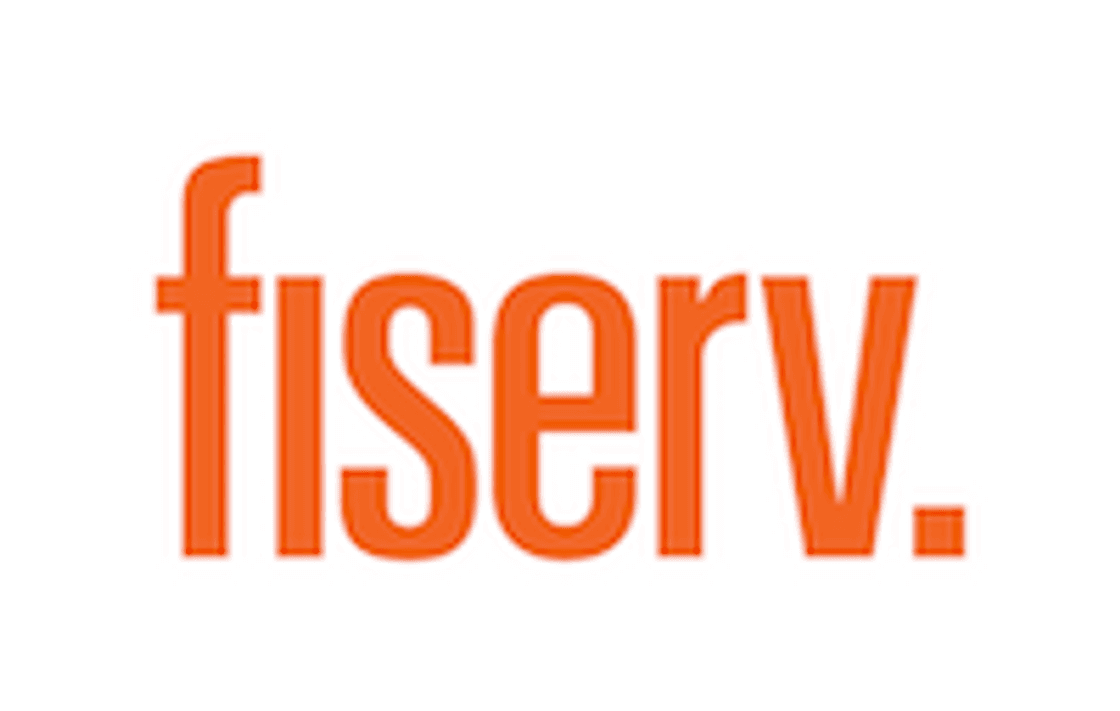Executive Summary
Hispanics are becoming influential players in the US economy. The purchasing power of Hispanics was $1.2 trillion in 2013 and is expected to rise to $1.5 trillion by 2015. The United States is now home to 52 million Hispanics; by 2050, this number is expected to grow to 133 million. US Hispanics, on average, are younger than other racial and ethnic groups. This combination of youth and population growth means US Hispanics will make up a greater share of the workforce in the coming years.
However, Hispanics are struggling with managing their finances. Despite their increased prominence and presence, Hispanics, like many distinct racial groups, face unique socioeconomic challenges. A financial snapshot reveals income disparities between even the most educated Hispanics and the general American population. As a growing subgroup within the broader category of Hispanics, highly educated Hispanics are marked by financial fragility, expensive credit card behaviors, and financial illiteracy. In other words, education doesn’t guarantee a sound financial future. This demographic is in need of assistance.
Filene thanks our generous supporters for making this important research possible.



